Home repairs you can DIY – 17 easy fixes you don't need to get a professional out for
You don't need to call someone out to do these simple home repairs


EDITOR’S NOTE: An earlier version of this article included a quote from a purported expert whose credentials we have not been able to verify. The quote has been removed. We regret this lapse in our verification process and have updated our internal protocols to reduce the risk of recurrence.
Look around and you can probably spot at least a handful of home repairs that need doing. Whether your home has been suffering from dripping taps, blocked sinks or loose door handles, the list of things that need fixing has probably been growing for a while now. And alongside it, a list of reasons to put them off.
Maybe you can't afford to hire a tradesperson – or maybe your usual contacts are booked up. Or perhaps you'd like to save a bit of money and have a go at fixing yourself, but don't think you have the right skills or tools to do so.
Tackling home repairs yourself can be surprisingly satisfying, not to mention cost-effective. And with a little know-how, even the most hesitant DIYer can handle simple fixes.
The trick is knowing which jobs are within your skill set and when to call in the pros. But for small, everyday fixes, arming yourself with a basic toolkit and a bit of confidence can make all the difference.
That's where our guide to home repairs comes in. We've compiled guides to easy repairs you can tackle yourself with an essential home tool kit. Completing home repairs yourself is one of the best ways to save money at home and lower the cost of maintaining your household, so it's definitely worth taking the time for.
We've rounded up 17 of the most accessible repair jobs you can DIY. Most will need a few basic tools, but we're confident even novice DIYers should be able to get them done with minimal hassle and save a fortune in the process.
What you'll need
Before you get stuck into your DIY home repairs, we suggest you check your toolbox is stocked with these essentials:
Sign up to our newsletter for style inspiration, real homes, project and garden advice and shopping know-how
- A claw hammer from B&Q
- Phillips (crosshead) and flathead screwdrivers. We like the Stanley 4-piece mixed screwdriver set for £8.34 at B&Q
- Sandpaper (or a circular sander)
- Duct tape
- A set of Allen keys, from £3.46 on Amazon
- Measuring tape
- Saw
- Cordless drill. The Bosch 18V 2 x 2.0Ah Li-ion Cordless Combi drill, £80 at B&Q is a good affordable option.
- Spirit level
- A good set of pliers
- Safety goggles and mask
- Adjustable spanner like this Magnusson bestseller from B&Q or wrench
These are the basics you'll need in your toolbox to be able to complete the home repairs on our list. If there are a few tools you're missing, it would be worth investing in them now so that you can use them as and when you need to.
Home repairs are sure to crop again in the future, and you'll feel better knowing you can tackle them yourself when they do. Alternatively, if you can't afford some of the large more expensive tools, B&Q offers a Tool hire service for everything from drills to lawnmowers.
17 home repairs you can DIY
1. Repair squeaky floorboards

Fix squeaky floorboards yourself and it's not just that pesky noise you're eliminating. Maintaining your old floor will also eliminate draughts, so it's one of the best ways to keep your house warm this winter.
Start by using a claw hammer to remove any nails. Then use more secure screws to fix back into place, using the same hole that the nail was pulled from. If that doesn't do the job, you may need to replace the board altogether.
2. Fix a leaking washing machine

Discovering a puddle beneath your washing machine can be alarming, but understanding the common culprits can help you address the issue quickly. Our article to why is my washing machine leaking from underneath? will help you identify the causes and what to do about them.
Often, the cause is a loose or worn-out hose; inspecting and tightening connections or replacing damaged hoses can resolve this.
Another frequent offender is a clogged filter, which can cause water to back up and leak; it’s advisable to clear your washing machine filter every one to three months, depending on usage.
A damaged door seal can lead to leaks too. It's a good idea to regularly check the rubber seal for wear and avoiding overloading the machine or using excessive detergent can prevent this.
3. Bleed a radiator
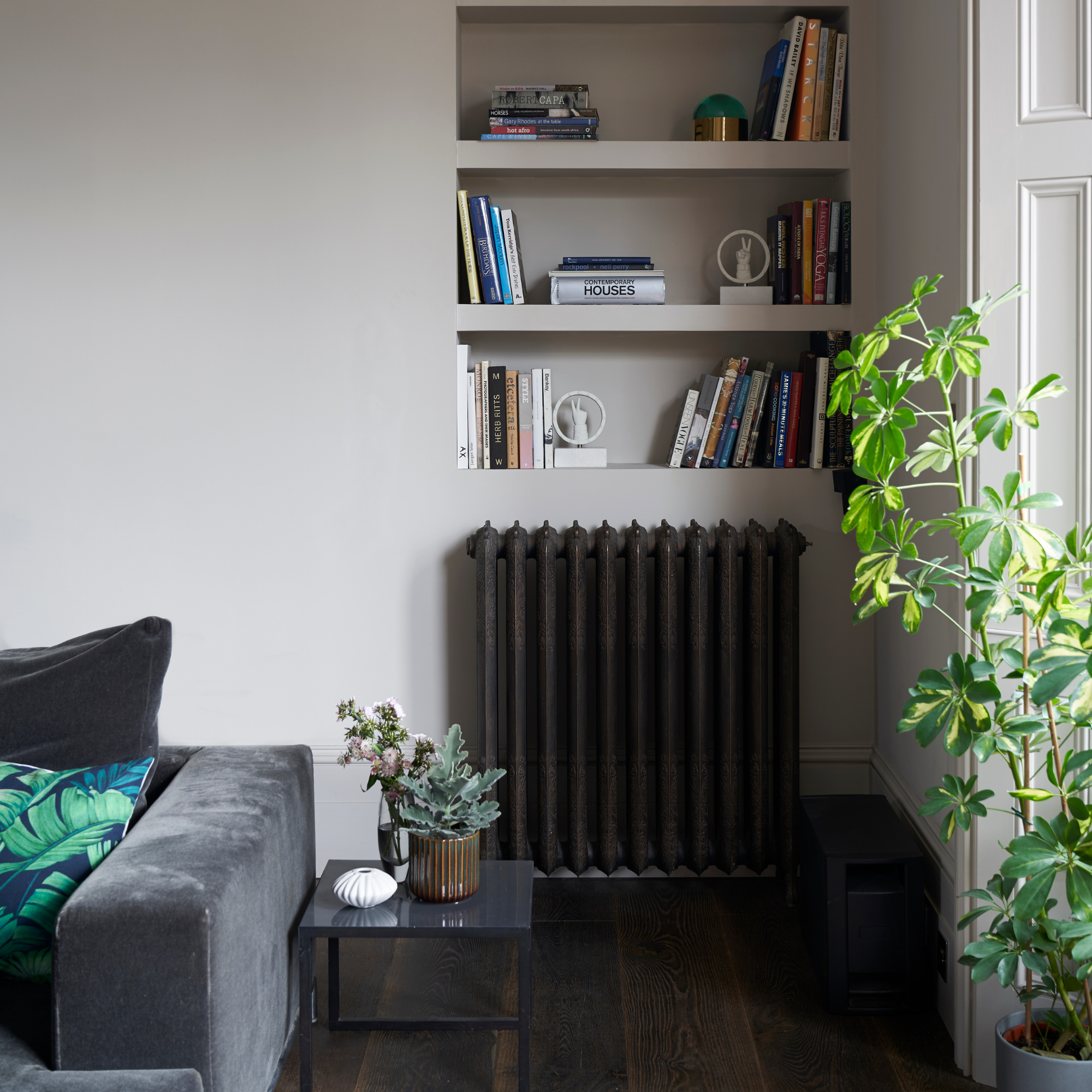
'Bleeding your radiators is an easy DIY fix which can help save money on your energy bills by making your heating system run more efficiently,' says Ava Kelly, Content Writer, Love Energy Savings. 'If air is trapped in your radiators it will mean your heating system won't work as efficiently as possible, wasting energy.'
Learn how to bleed a radiator so you can remove any air that's trapped inside. Aside from meaning your radiator doesn't heat up as efficiently, the trapped air can lead to damage to your boiler in the long term.
Our step-by-step will explain more. But you'll need to locate the valve in the top corner of the radiator, and slowly turn a bleed key anti-clockwise to release the air. It's a good idea to put towels down to protect the floor from leaking water.
4. Reset your boiler
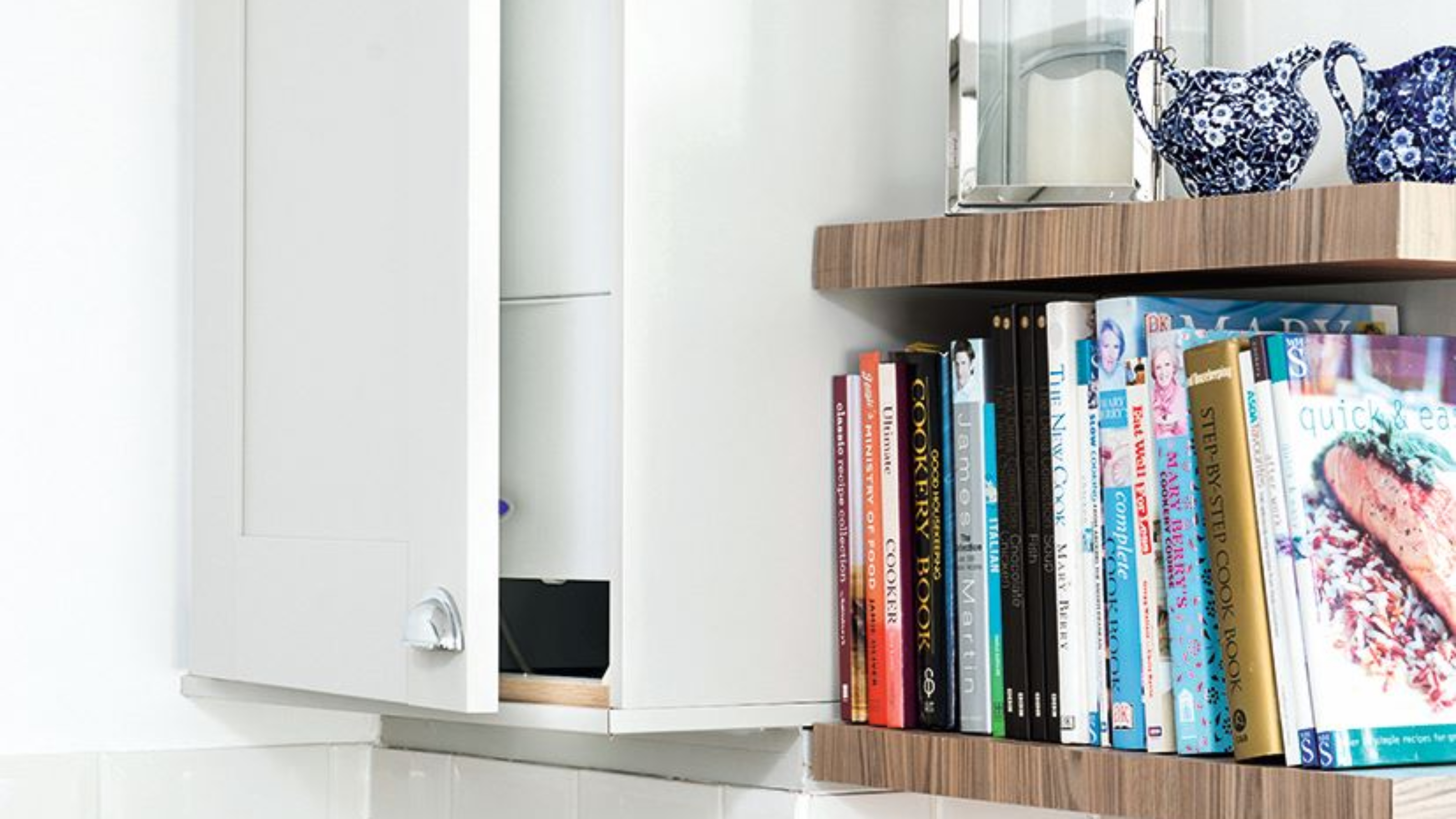
Experiencing a boiler lockout can be a real inconvenience, especially during the colder months. However, this safety feature activates when your boiler detects a fault, such as low pressure, power issues, or the need for internal repairs.
You can check out our article on how to reset your boiler when it locks out. In the guide, you'll find details on what could be causing the lock, how to identify the common culprits and how to get it up and running again fast.
The first thing to do is identify any error codes or warning lights on your boiler’s display panel. Before pressing the reset button, ensure that your boiler has power, there’s sufficient gas supply, and the water pressure is between 1-2 bar. If these basics are in order, locate the reset button.
After resetting, monitor the system; if problems persist, it’s advisable to consult a Gas Safe Registered engineer. Regular annual servicing can also help maintain your boiler’s efficiency and prevent future issues.
5. Seal drafty windows and doors
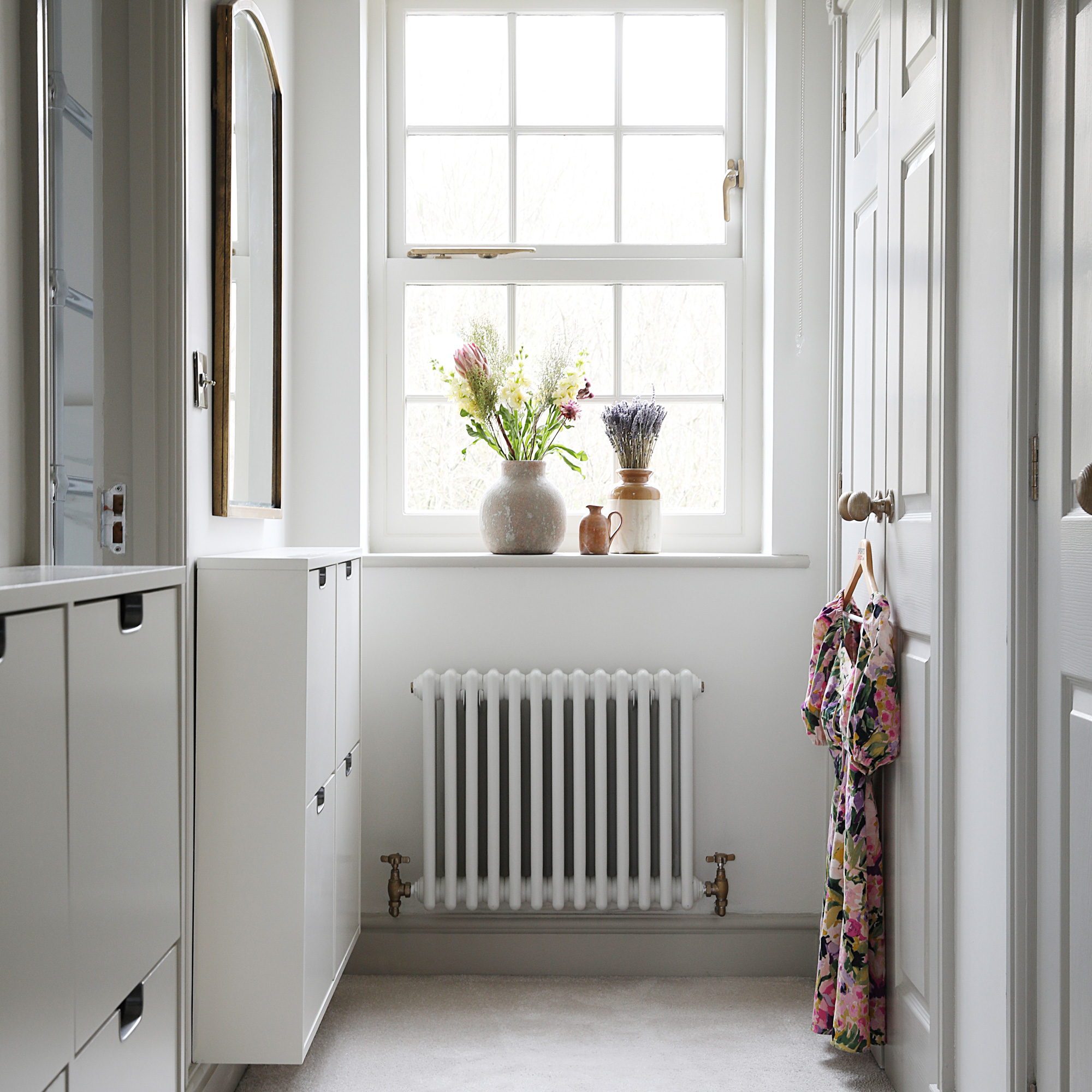
Sealing drafty windows and doors is one of the simplest yet most effective ways to boost your home’s energy efficiency and keep those pesky chills at bay.
'If you've noticed a draught or that your home isn't maintaining heat, a drafty window or door may be the cause,' explains Sam Tamlyn, Managing editor at Shutter Store UK.
'To stop the draught, start by addressing any obvious gaps, such as cracks, ill-fitting doors or windows, or wooden frames that have shrunk over time, making the fit less snug.'
Our guide to draught-proofing a window will run you through how to do this effectively. The best way to start is by identifying problem areas. Run your hand along frames on a breezy day or use a candle flame to spot subtle air movement.
For windows, self-adhesive weatherstripping like our managing editor Thea Babbington Stitt's insulation tape recommendation works wonders, while a neat bead of caulk that you can easily pick up at Amazon around gaps can make all the difference.
Don’t forget your doors and learning how to draught-proof a front door is the first port of call. Installing a brush or rubber draft excluder along the bottom edge instantly stops cold air creeping in.
And for a charming, budget-friendly touch, a classic fabric draft snake like this Dunelm velvet draught excluder can do the trick while adding a hint of homely charm.
6. Replace the washer on individual taps
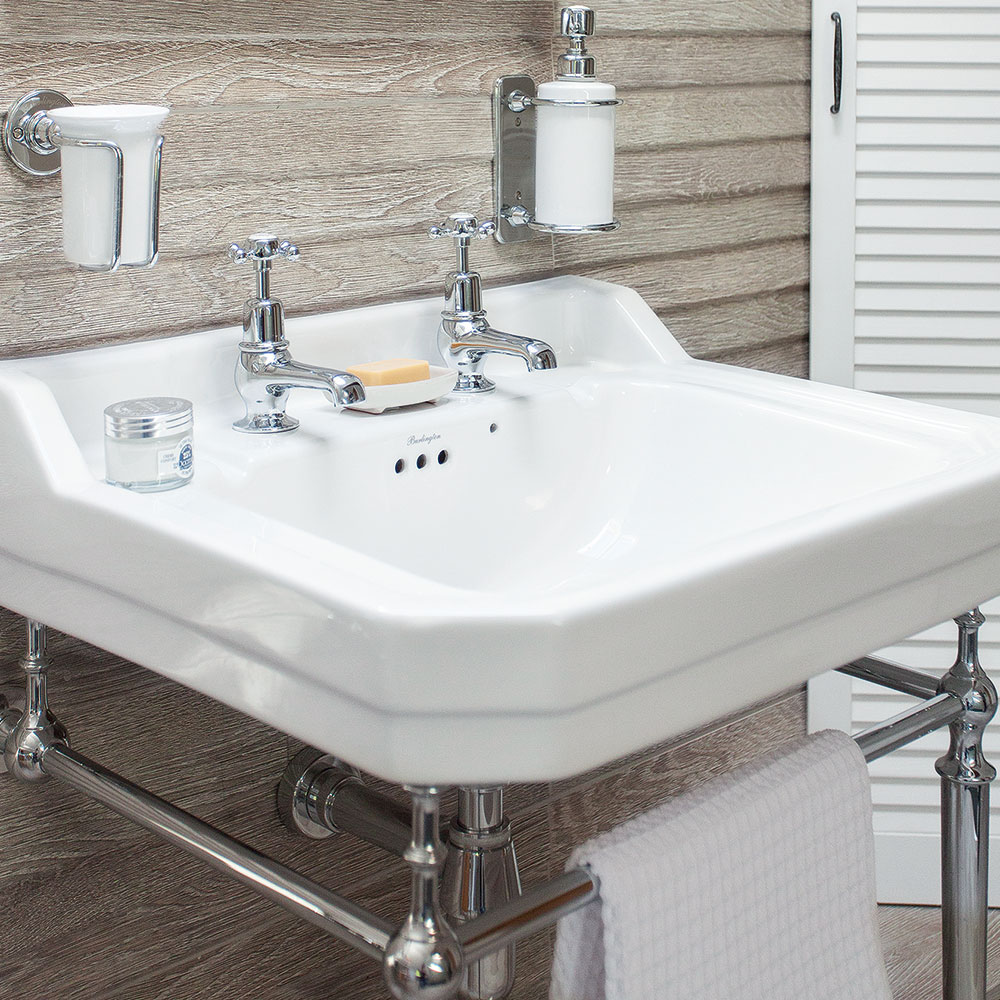
If you have old-school pillar taps, you'll be able to fix any drips yourself by replacing the washer. Bear in mind this doesn't apply to monobloc mixer taps (where hot and cold water come out of one spout).
You'll need a wrench to unscrew the tap, a screwdriver to release the washer and a new washer to replace it with. Pop the plug in the sink so you won't lose any small parts down the plughole, and have towels to hand to mop up any water. Make sure you turn the mains off first, as explained in our how to change a tap washer guide.
7. Change your tap
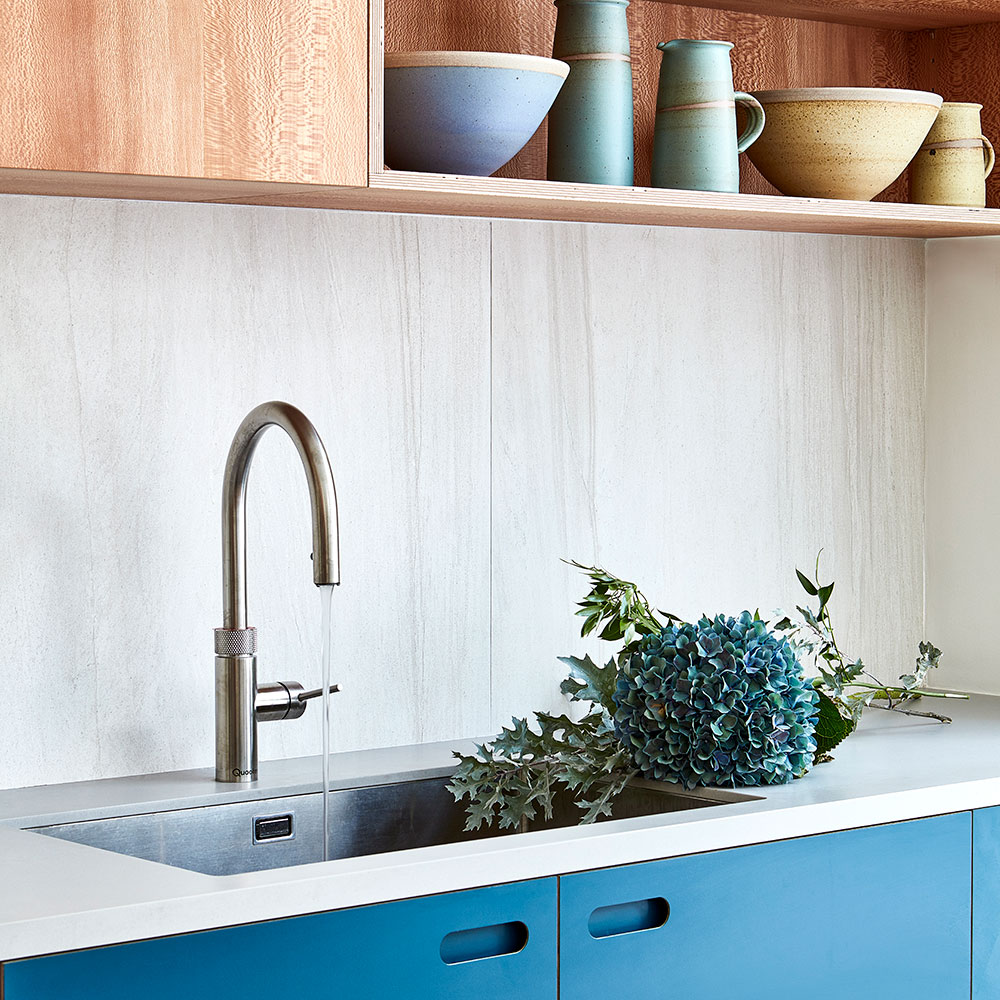
If you're sick of the drip, drip, drip from your old tap and it's looking somewhat tired, forget changing the washer and replace the tap completely. 'Upgrading your taps can make a world of difference when restyling your kitchen or bathroom', says Rob Pearson, Network Operations Manager, Rightio. 'And fitting a new tap is relatively easy and takes just a few simple steps.'
DIY beginners can learn how to change a tap, although you'll need quite a few tools for the job. These include a screwdriver, adjustable wrench and box spanner, as well as plumber's pliers and tape. You may be able to borrow what you need from a friend or neighbour, but it may be worth investing in your own. Either way, once you have the tools, it's a relatively straightforward job.
8. Unblock frozen pipes
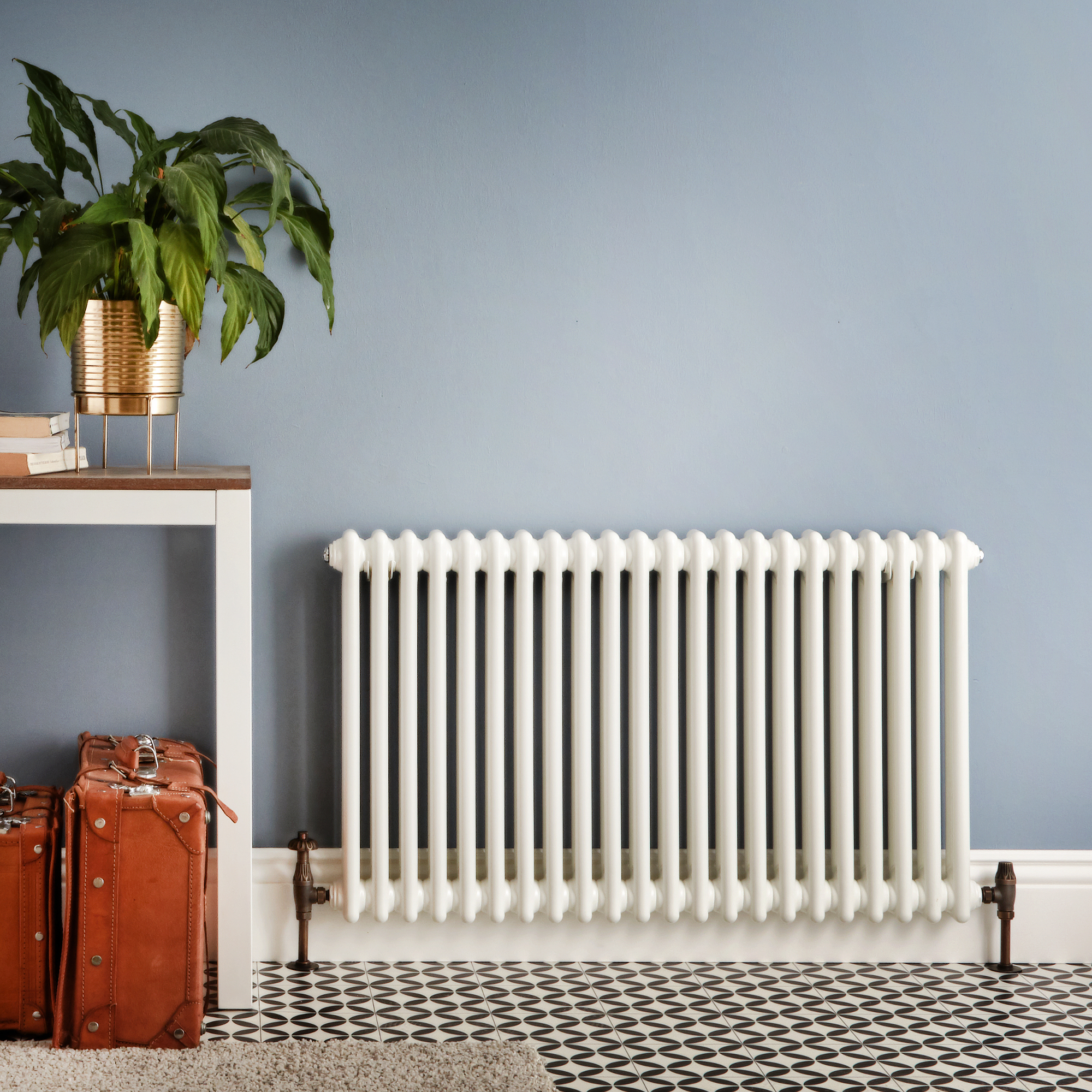
'Frozen pipes are a common problem in colder months,' Parv Sanegra, Managing Director, City Plumbing and The Bathroom Showroom. 'Condensate pipes usually connect your boiler to an outside wall to remove excess liquid, but when frozen in harsh weather, this excess has nowhere to go.'
Defrosting this pipe is normally quick and easy, however. Simply pour warm water over the exposed end of the pipe to melt the frozen water and remove the blockage, then reboot your boiler. One of the quickest and easiest DIY jobs you'll have to do, but with serious long-term benefits. If your pipes stay frozen you won't feel the benefits of your heating and your boiler is going to suffer the consequences further down the line.
9. Fix a leaky showerhead

Learning how to fix a leaky showerhead will save you the irritation of listening to the constant dripping, plus save your bills from rising for no good reason. It's fairly straightforward too, and is usually just a case of replacing the rubber washer. You'll need a wrench to loosen the collar nut and access the original washer, which you can then swap with a new (non-leaking) one.
The nozzles in showerheads can often get clogged up with debris, which leads to a build-up of mineral deposits and sediment. So sometimes, fixing a leaky showerhead is as simple as giving it a good clean.
10. Fix a sticking door
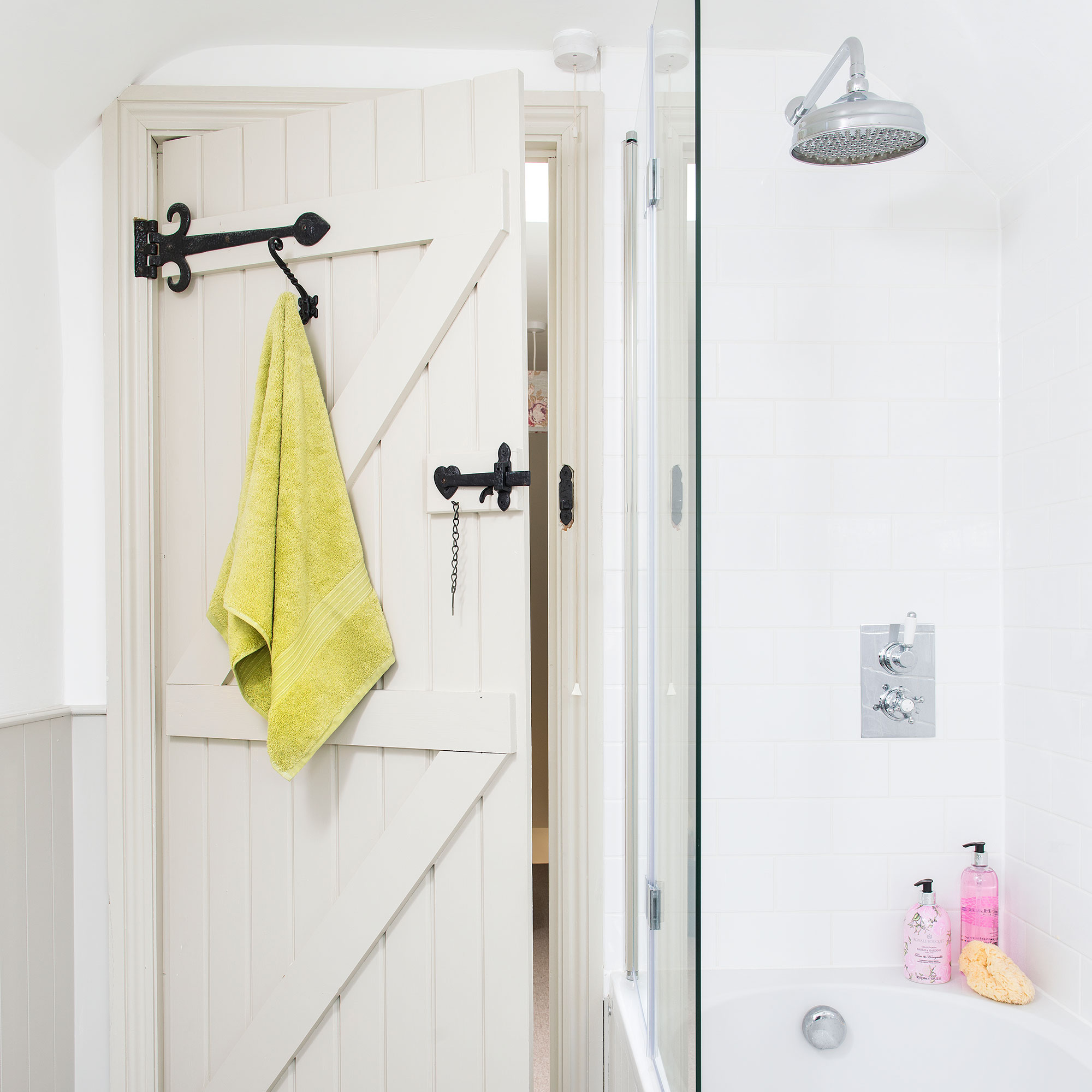
Cure your door from sticking problems with our easy-to-follow guide on how to fix a door that sticks. You'll need to first assess where the problem is coming from and then go from there. Sometimes there might just be a little debris in the hinges or along the frame, and it's just a case of giving everything a clean and adding a few drops of oil for lubrication.
You may also need to tighten the hinges, seal the door, and sand the frame. Whatever the problem, you can fix it yourself and get your door back to full working order.
11. Clear a blocked plug hole

A blocked plughole is the last thing anybody wants to deal with, but the sooner you learn how to fix a clogged bathroom sink, the sooner the pipe will be cleared and the water can drain from your sink or bathtub freely again.
You'll need to reach for your plunger first. 'The plunger is a trusty household item everyone should have in their cupboards!' says Parv from City Plumbing. 'Place the plunger over your basin plug hole to create a seal action. Then push sharply on the plunger with up and down movements.'
This method works to dissolve any of those more stubborn blockages and breaks the clogs up. You can then pour a white vinegar and bicarbonate soda solution down the sink to dissolve any limescale and grime. Follow with some boiling water, and your plughole will be back to full working order.
12. Replace a damaged plug socket
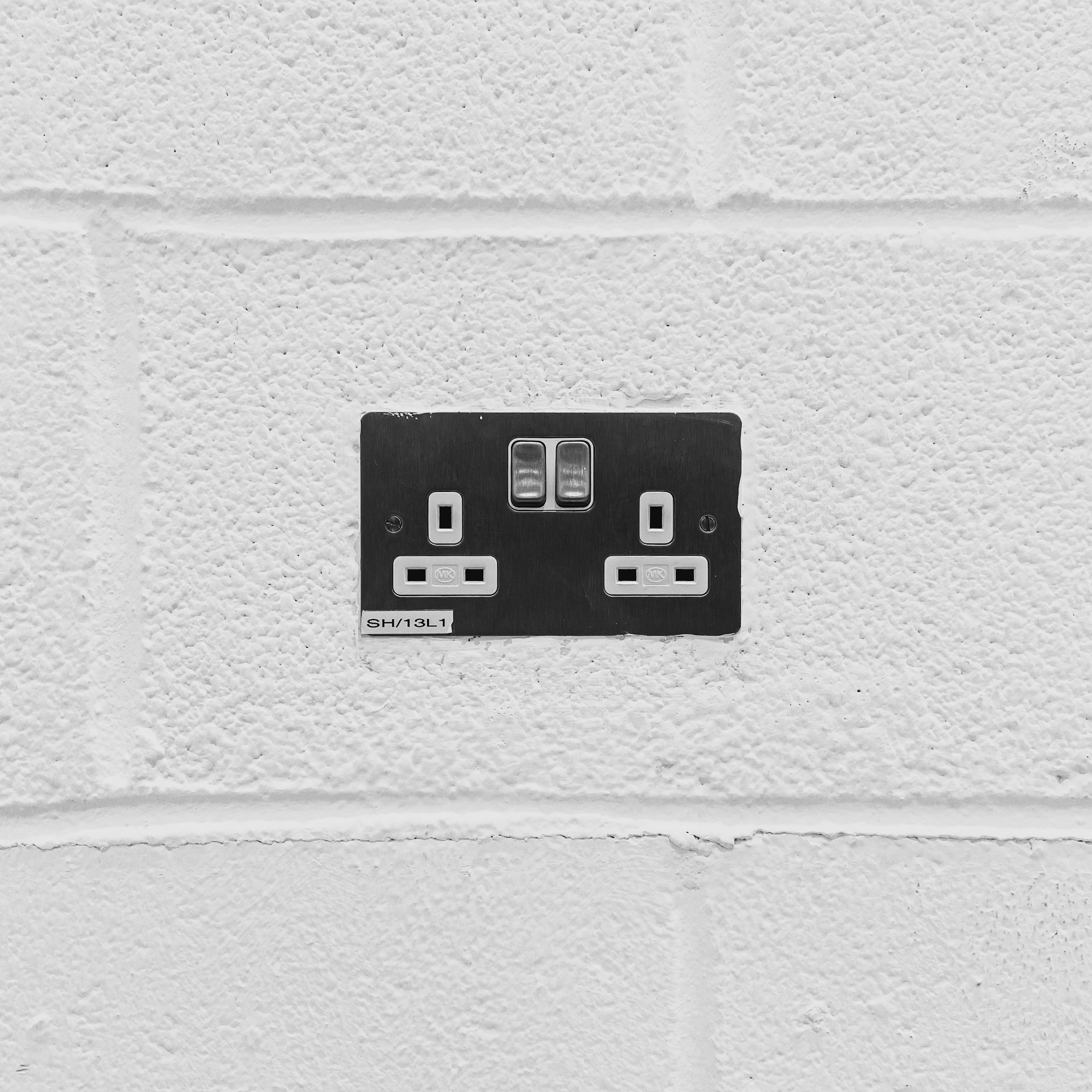
One of the other home repairs you may not have realised you can DIY is replacing a damaged plug socket. This may sound like one of the more daunting jobs on our list, but if you take the appropriate safety precautions there's nothing worry about.
'Always switch each circuit breaker off in your consumer unit before turning off the mains switch to isolate the power', says Nigel Best, Director, Electrician Courses 4U. 'You should also check your consumer unit has a residual-current device (RCD) fitted, which is a push button marked ‘T’ or ‘Test.'
Once these precautions have been taken, use a VDE screwdriver to remove the screws on the old faceplate which will reveal the wiring. Loosen the terminal screws to detach the wires from the old faceplate before attaching the wires to your new faceplate, ensuring to match the colours of the wires.
Note that if the plug socket that needs replacing is in the bathroom, it's best leaving this to an electrician.
13. Fix a loose door handle
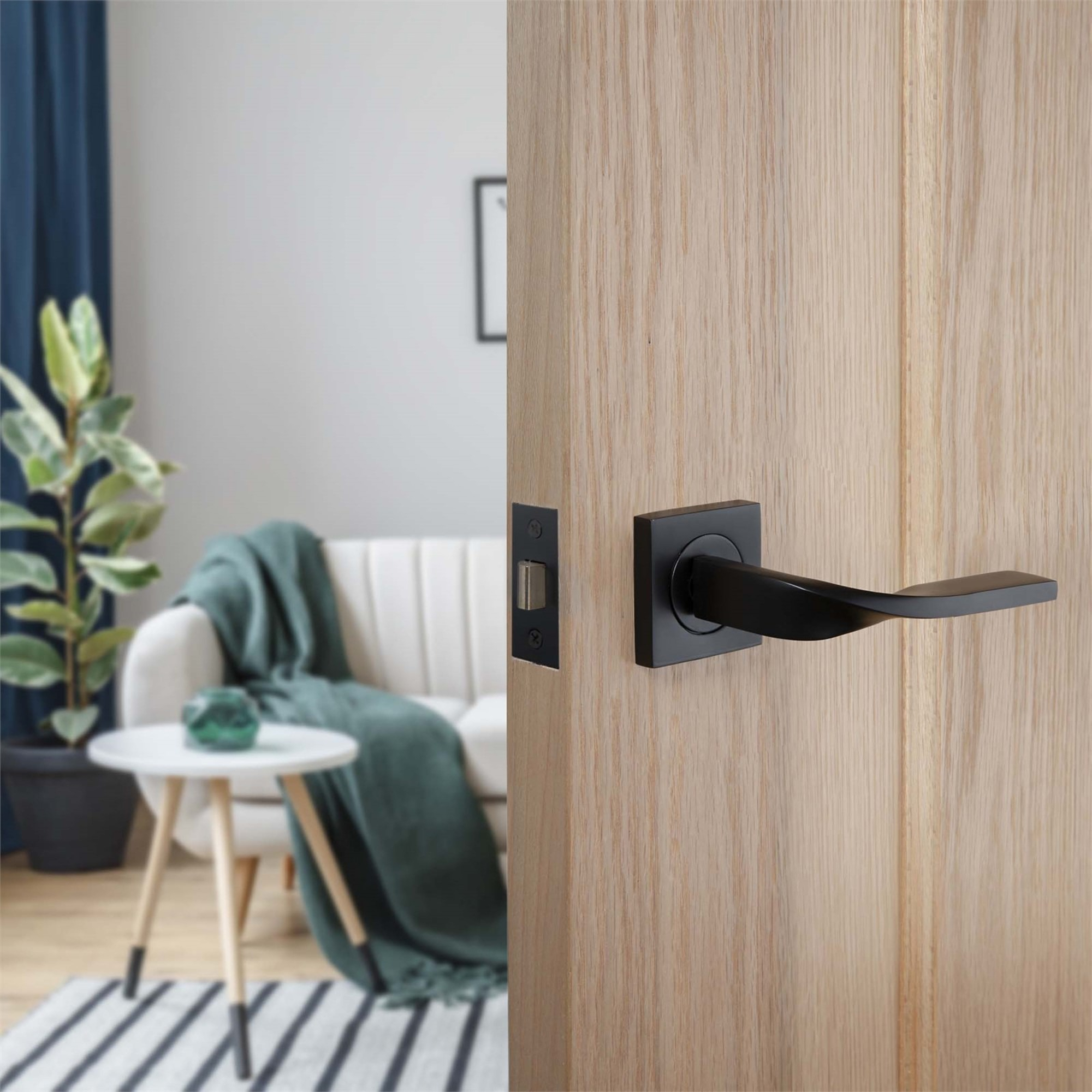
Learn how to fix a door handle that is loose so that you don't need to go shopping for a replacement, because remember that replacing one means replacing all, if you want them to match.
Our guide will take you through the process step-by-step, but it's essentially a case of tightening the screws so that the handle sits securely again. 'It’s a good idea to regularly tighten the screws on your door handle if it starts to feel loose', says joinery expert Thomas. 'This will prevent any chances of the loose door handle coming off or breaking.
14. Fix creaking floorboards under carpet
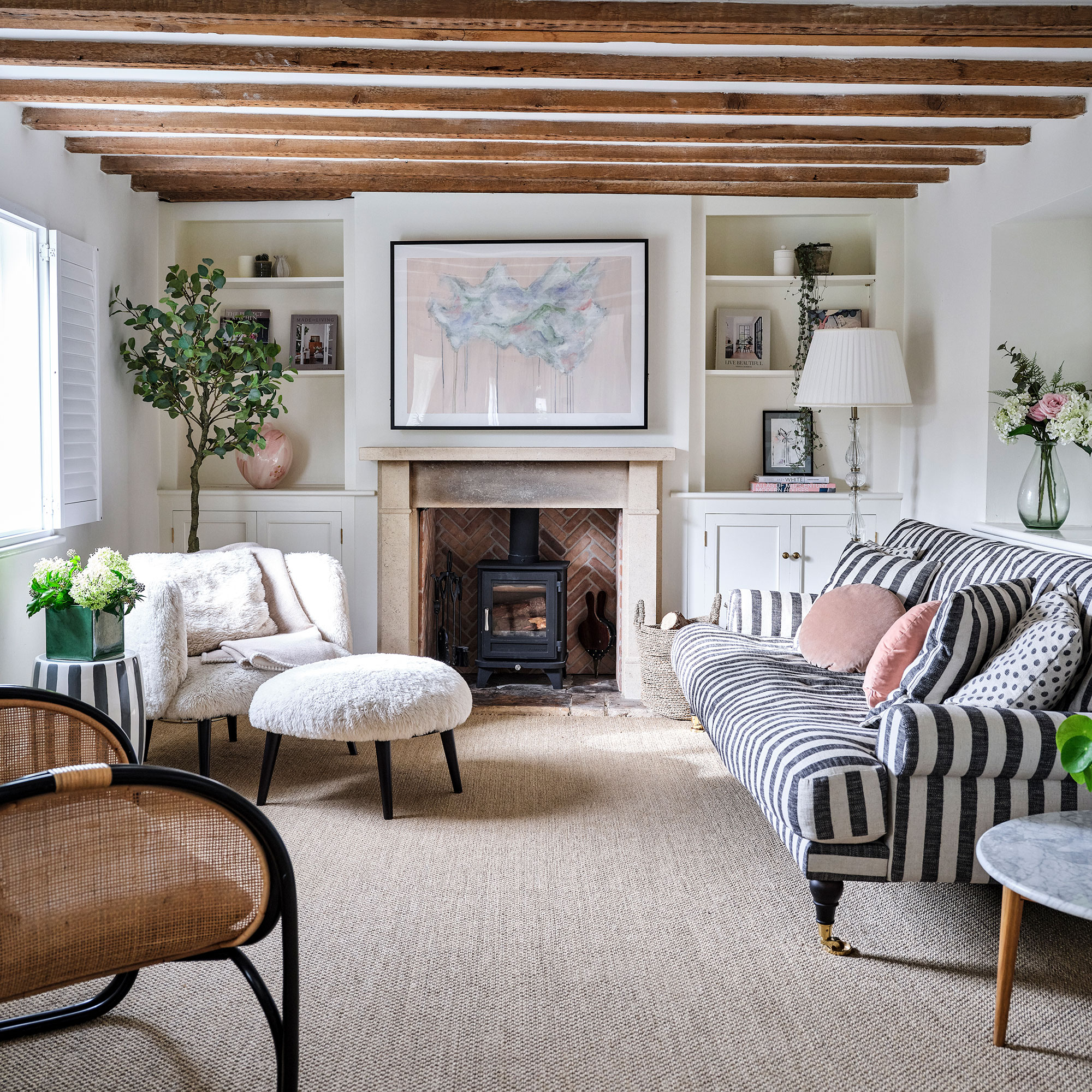
Creaky floorboards can disrupt the tranquility of your home, and when they are making noise under your beloved carpet, it's even more annoying. Fear not, though, as you can learn to fix creaking floorboards under carpet by first identifying the exact location of the creak by walking slowly across the area.
Once pinpointed, carefully drive a 50mm screw alongside the existing nails to secure the floorboard firmly in place. Alternatively, removing the nails and reattaching the board with screws can provide a tighter fit and easier future access.
For an extra touch, sprinkling talcum powder along the joint lines and working it in with a knife can reduce the friction between the boards.
15. Repressurise your boiler

If you're experiencing lukewarm radiators, your boiler’s pressure might be the culprit. Our guide on what to do if your boiler pressure is too low will walk you through the step-by-step to fixing the pressure.
Typically, a healthy boiler pressure hovers between one and two bars, often indicated by a green zone on your boiler’s gauge.
If it dips below this, it’s time to repressurise: locate the filling loop, usually a silver hose beneath your boiler, and follow the manufacturer’s instructions to gently open the valves until the pressure needle returns to the optimal range. Remember, regular maintenance is key to keeping your heating system in tip-top shape.
16. Repair a radiator leak
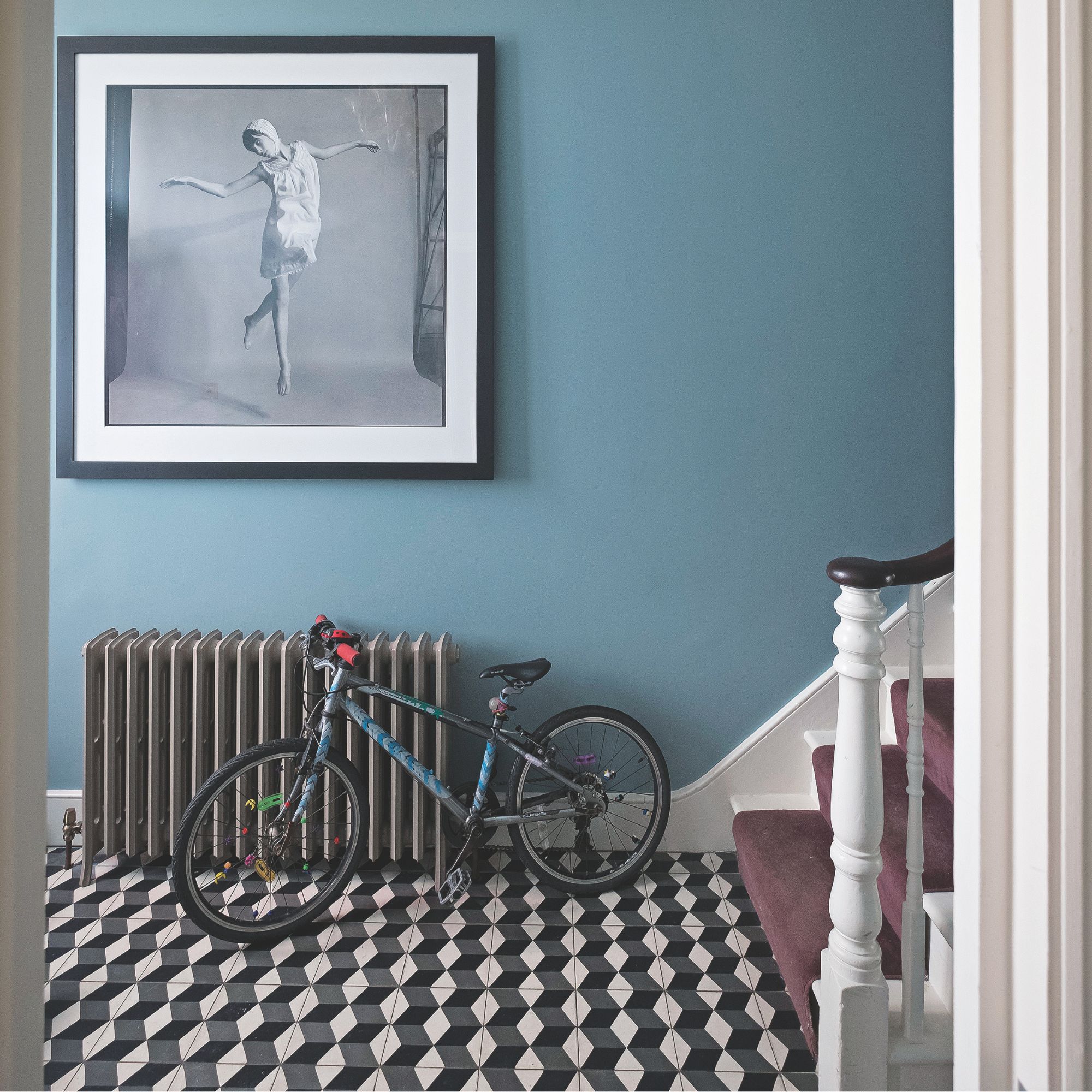
Radiator leaks can often be addressed with simple DIY solutions and our guide to fixing a leaking radiator will walk you through the five simple steps, potentially saving you the cost of a professional plumber.
Begin by identifying the leak’s source, which is commonly found at the valve, pipe connections, or occasionally a small defect in the radiator body itself.
Depending on the cause, fixes may include tightening connections with a spanner, applying plumber’s tape (which you can pick up on Amazon) to seal joints, or using a leak sealer solution for minor internal leaks.
17. Fix a noisy washing machine

There are several DIY solutions to fix a noisy washing machine yourself. Begin by inspecting the drum for any loose items like coins or keys that may have escaped from pockets.
Next, ensure the machine is level by adjusting its feet, as an uneven position can lead to excessive noise.
Regularly cleaning the filter and checking the drum bearings for wear can also prevent unwanted sounds. If the noise persists, it might be time to replace the drive belt or examine the pump for potential issues.
FAQs
Which home repairs should you not do yourself?
We asked Robert Quinton, DIY expert and director of Construction Megastore which home repairs we definitely need to call in the pros for.
- Plumbing: 'Plumbing jobs, for example, require a high level of precision to avoid serious problems. Common mistakes include failing to properly seal showers or bathtubs, which can cause significant leaks and water damage. In some cases, an unstable bathtub that isn’t secured correctly may even shift or cause structural issues, leading to costly repairs.'
- Stripping Paint: 'Stripping paint might appear straightforward, but it can pose significant health risks if the paint contains lead, which is common in homes built before the 1970s. Lead dust or particles released during the stripping process can cause serious health issues if inhaled or ingested, so it's always safer to have older paint professionally removed to ensure the job is done safely and correctly.'
- Fitting Appliances: 'Fitting appliances like dishwashers involves connecting both water and electricity, which can be complex and risky. Hiring a professional ensures the installation is done correctly, preventing leaks and potential damage.'
- Roof repairs: 'Roof repairs should always be left to professionals. Working at height carries the risk of serious injury, and incorrect repairs can worsen structural problems. A professional will address issues safely and effectively.'
- Knocking down a wall: 'Demolishing walls is another job to avoid doing yourself. Removing a load-bearing wall without proper checks can cause ceilings or even entire sections of the house to collapse. The cost of hiring a professional may range from £1,250 for a single doorway to £1,750 for larger open-plan areas, but it’s an essential investment for safety.'
What are the most common home repairs?
According to Checkatrade, the most common home repairs currently keeping people busy are painting walls, laying new carpet, and painting fences and ceilings.
These 'tweakments' are being undertaken by homeowners as they try to cut back on maintenance costs and tackle repair themselves. These home repair jobs can also help make homes feel more updated without having to undergo full on renovations.
'Painting offers homeowners a quick win when looking to refresh living spaces', says Emma Kemp, Co-owner and Founder, i-Furb. 'From painting cupboards, doors, windows, and walls – this is an easy way to keep your home sleek and on trend.'
'Repairing furniture and curtains is increasingly common particularly as people want to save money and avoid yet more landfill', adds Justin Kelly, Founder, How To Basically. 'Basic skills such as woodwork, upholstery and sewing come into play. All that's needed is some basic knowledge and essentially the confidence to have a go.'
What are some simple home repairs?
There are lots of simple home repairs which you can do yourself quickly and easily. One is how to unblock a toilet, a common issue we unfortunately all experience at some point. There are a few different methods you can try to get the job done, most of which don't require a toolkit.
Another really simple repair job is bleeding a radiator. 'If your radiator’s got cold spots, makes odd noises (like a gurgling sound) or isn’t completely heating up as it should, it’s definitely time to bleed it', says Sharon Hayward, Head of Communications, Draper Tools. 'Getting rid of the trapped air bubbles will allow hot water to properly circulate through your radiator once more.' All you need for this job is a valve key and a towel to catch any falling water.
Another simple repair that will improve the appearance of our home is if the grout between your tiles is looking a little worn, you can re-grout them yourself simply enough. 'Place a small amount of your chosen grout onto your tiles using a grout spreader', says Parv from The Bathroom Showroom. 'Using upward and diagonal strokes, simply spread the grout by moving it around and into the gaps between the tiles.'
Grouting tiles is a really simple home repair job, but if you don't fancy it, you can look at how to clean the grout in tiles instead.
Is the government giving grants for home improvements?
You may be entitled to some help from the government if you are carrying out significant home repairs yourself, though this depends on a number of factors.
'Depending on personal circumstances there are grants and loan schemes on offer,' says DIY expert Nigel. 'If you own the house you live in, the availability of government grants will be managed by the local authority so it's best to check their website for their criteria and application forms. Renting tenants should contact their landlord as the lease agreement will dictate who is liable for what repairs and the extent to which the tenant is allowed to make alterations.'
Happy repairing!

Amy Cutmore is an experienced interiors editor and writer, who has worked on titles including Ideal Home, Homes & Gardens, LivingEtc, Real Homes, GardeningEtc, Top Ten Reviews and Country Life. And she's a winner of the PPA's Digital Content Leader of the Year. A homes journalist for two decades, she has a strong background in technology and appliances, and has a small portfolio of rental properties, so can offer advice to renters and rentees, alike.
- Katie SimsContributor
- Jenny McFarlaneSenior Digital Editor